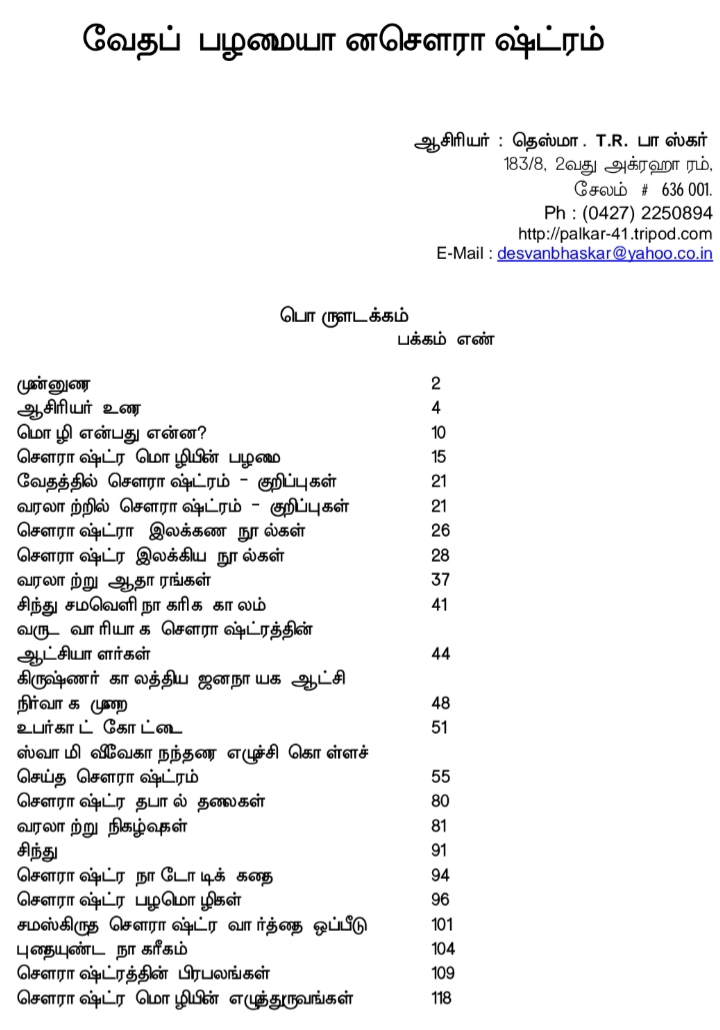EU-REACH vs US-TSCA
With the world going forward, consuming more and more chemicals, it is only correct that we know what we consume and understand those chemicals fully. Every country have their own chemical regulations such as EU-REACH, US-TSCA, Malaysian-EHSNR, Korean-AREC (K-REACH), Chinese-REACH (IECSC), Japanese-CSCL, Taiwanese-TCSCA and Indian-NCP. Undoubtedly, the European Union’s REACH (Registration, Evaluation, Authorisation and restriction of CHemicals) is the one that created waves of activity across the chemical industry around the globe, maybe because of the cost and complexity.
EU-REACH
REACH (EC 1907/2006) aims to improve the protection of human health and the environment through the better and earlier identification of the intrinsic properties of chemical substances. With “No data no market” principle, the REACH Regulation places responsibility on industry to manage the risks from chemicals and to provide safety information on the substances. Manufacturers and importers are required to gather information on the properties of their chemical substances, which will allow their safe handling, and to register the information in a central database in the European Chemicals Agency (ECHA) in Helsinki.
One of the main reasons for developing and adopting the REACH Regulation was that a large number of substances have been manufactured and placed on the market in Europe for many years, sometimes in very high amounts, and yet there is insufficient information on the hazards that they pose to human health and the environment. There is a need to fill these information gaps to ensure that industry is able to assess hazards and risks of the substances, and to identify and implement the risk management measures to protect humans and the environment.
US-TSCA
The Toxic Substances Control Act (TSCA) is a United States law, passed by the United States Congress in 1976 and administered by the United States Environmental Protection Agency, that regulates the introduction of new or already existing chemicals. Its three main objectives are to assess and regulate new commercial chemicals before their entrance into the market, to regulate chemicals (which were already existing in 1976) that posed an “unreasonable risk to health or to the environment”, and to regulate these chemicals’ distribution and use.
Contrary to what the name implies, TSCA does not separate chemicals into categories of toxic and non-toxic. Rather it prohibits the manufacture or importation of chemicals that are not on the TSCA Inventory (or subject to one of many exemptions). Chemicals that are listed on the TSCA Inventory are referred to as “existing chemicals”, while chemicals not listed are referred to as new chemicals. Generally, manufacturers must submit pre-manufacturing notification to the U.S. Environmental Protection Agency (EPA) prior to manufacturing (or importing) new chemicals for commercial purposes. New chemical notifications are reviewed by the agency and if the agency finds an “unreasonable risk to human health or the environment,” it may regulate the substance in a variety of ways, from limiting uses or production volume to outright banning them.
REACH vs TSCA
US is in the process of passing a reformed Toxic Substances Control Act (TSCA), probably by mid 2016. US House and Senate staff, from both sides of the aisle, have been negotiating a final TSCA bill that merges the House (HR 2576) and Senate (S 697) versions that passed in 2015. The American Chemical Council (ACC) pins a big home on the upcoming reformed TSCA. Further, the ACC wants to work with its Canadian counterparts to promote a “North American model” of regulation to other countries considering enhancing their chemicals management systems.
Speaking at the GlobalChem industry conference in Washington, DC, in March 2016, ACC president and CEO Cal Dooley said if the TSCA modernisation bill is passed and implemented, it would be a “gold standard internationally”. And, he added, one that countries like Brazil, India, China and Taiwan should be encouraged to adopt. Mr Dooley told delegates he hopes the bill will introduce a more efficient and less bureaucratic approach, while still meeting environmental, health and safety needs and leading to greater innovation. He went on to describe the EU REACH system as “a good effort”, adding that the US has the benefit of learning from its “inefficiencies”. But Mr Dooley’s prepared remarks, published by ACC beforehand, were more critical of REACH. These described REACH as something “which many agree has failed in more ways than it has succeeded. Fortunately, we have taken the lessons learned from REACH and have made sure we do not repeat its mistakes.”
Commenting on Mr Dooley’s remarks, Echa’s cooperation director Andreas Herdina said he hoped the US could draw “valuable conclusions from our experience”.
A better World
With chemical regulations evolving better and better across the globe, we can hope to have a controlled handling of chemical and thus a better understanding of the chemicals that we deal with. Not just REACH or TSCA, every regulation across the globe should learn from the experience of other and refine themselves. If these is any shortfall in some regulation, let us have no second thought in accepting it and refining it to mitigate possible risks. Let us all resolve to give our next generation a more clean place to live in.
Let us all hold hands towards a better world.












